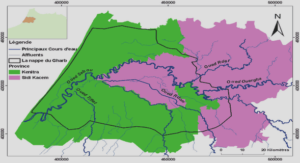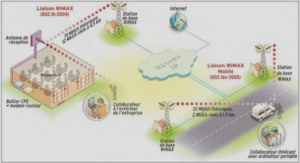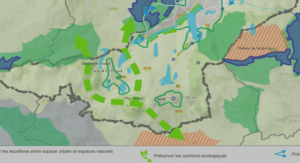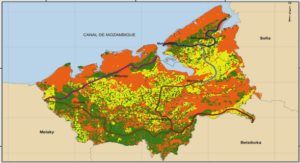Extrait du mémoire Simulation des processus dynamiques des fluides astrophysiques
ABSTRACT
Fluid dynamics play a vital role in our understanding of the universe, where the fluid forces and theories control the largest range of astrophysical phenomena.
Each type of flow we observe in terrestrial environments appears in the cosmos but with a huge scale. Recently, the research area of astrophysical hydrodynamics has rapidly developed due to the progress of observational data and numerical simulations by powerful computer resources.
The purpose of this magister thesis is to present some astrophysical phenom-ena treated with hydrodynamic equations, and we provide the necessary tools to understand their observation and evolution.
One of the most essential research topics in this domain is the accretion disks, because they are ubiquitously found around a variety of astrophysical systems, and they offer the opportunity to study their evolution and instabilities, for in-stance, the wide disk around young stellar objects (YSO) is an essential stage in the formation of stars and planets. The disk around active galactic nuclei (AGN) determines the emitted radiation from these objects, and in the case of interact-ing binary systems, they represent the channel for mass transfer between the two stars. Accretion disks are formed because the infalling matter onto the central ob-ject from the interstellar medium has a considerable angular momentum to settle into a disk’s shape. Then, to remove this matter it must redistribute the angular momentum by giving it up to the outer parts of the disk due to a various insta-bilities which develop in the disk, such as magnetorotational (MRI), gravitational, and hydrodynamical instabilities that cause turbulence in the disk. The issue of viscosity has been historically one of the most key issues to the understanding of accretion disk physics. In this thesis, we consider that the viscosity is generated only under the effect of turbulent instability, without taking neither magnetic nor gravitational field effect. Therefore, we study the structure of these disks with introducing a parameterization of the turbulent viscosity by the ?-disk model.
In the first chapter, we will illustrate the basic equations and theories of fluid dynamics that we will need in the study of accretion disks. A brief introduction of relativistic fluid dynamics is then give, with the computational codes which can be use to solve the relativistic hydrodynamical problems in astrophysics.
The second chapter is an overview of the basic dynamics and fundamental equations that determine the evolution of accretion disks. This is an essential first step needed to embark on the discussion of the more complex phenomena associated with them. Also, it represents the beginning of the study by the case of Keplerian disks with constant viscosity.
The focus of the third chapter is on the study of steady state solution of both thin and thick disks, where we applied the equations of the first case to disk around a white dwarf, in order to get more information about their properties in this case.
In the last chapter, we have used the concept of turbulent viscosity to treat time-dependent solutions for thin accretion disks, which allows us to understand their evolution with time.
…………
Mémoire Online: Simulation des processus dynamiques des fluides astrophysiques (1.2 MO) (Cours PDF)






